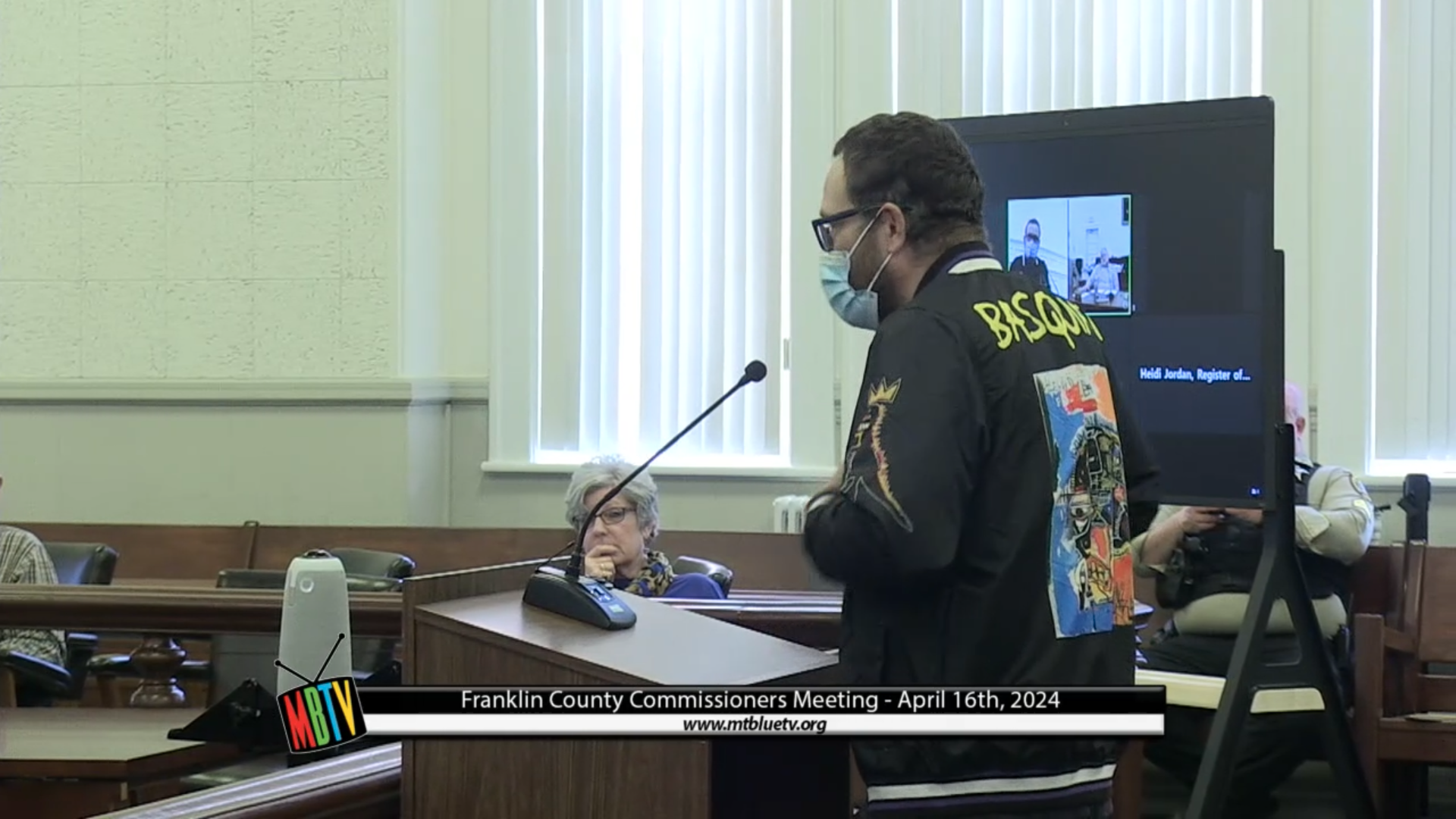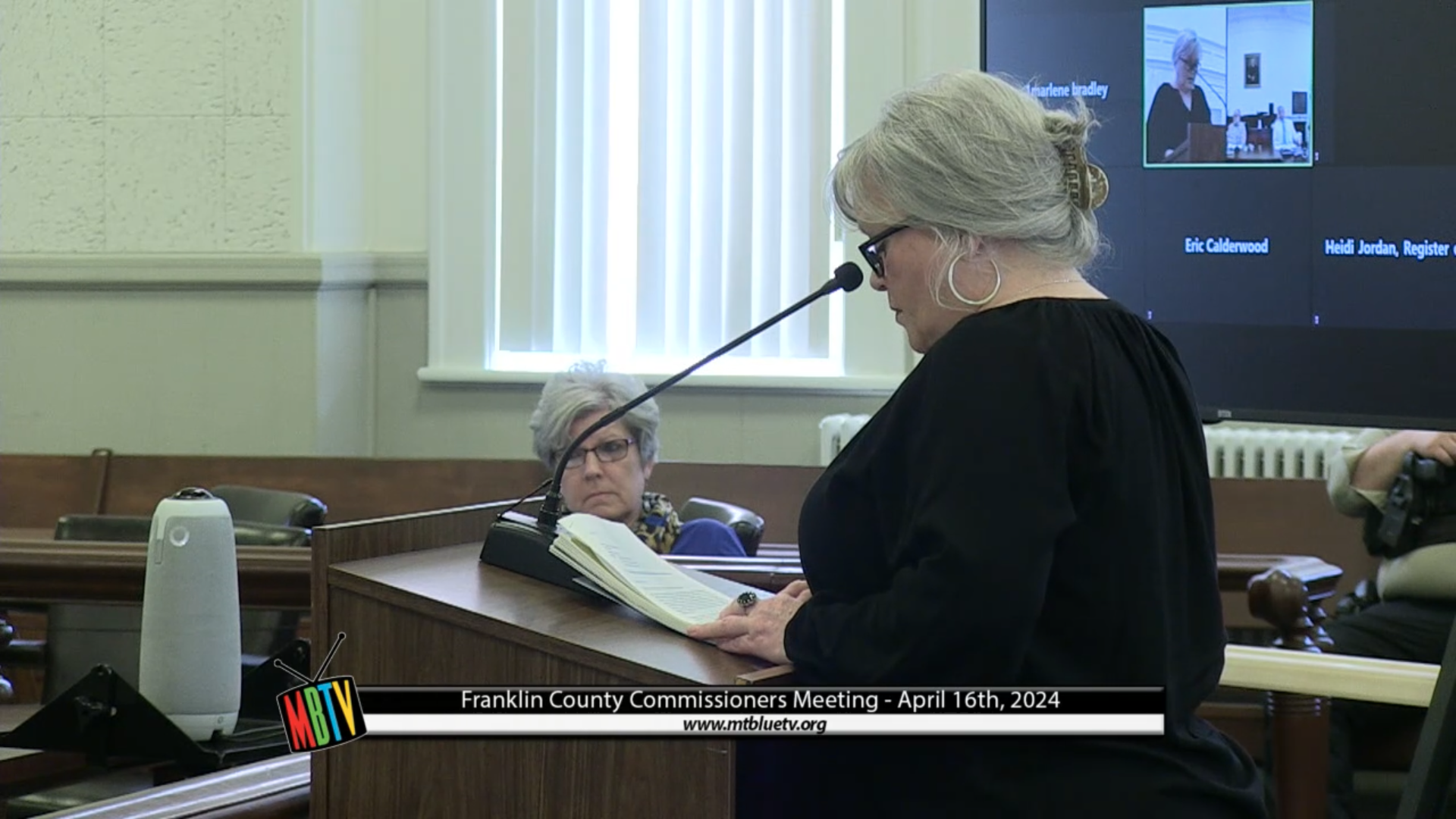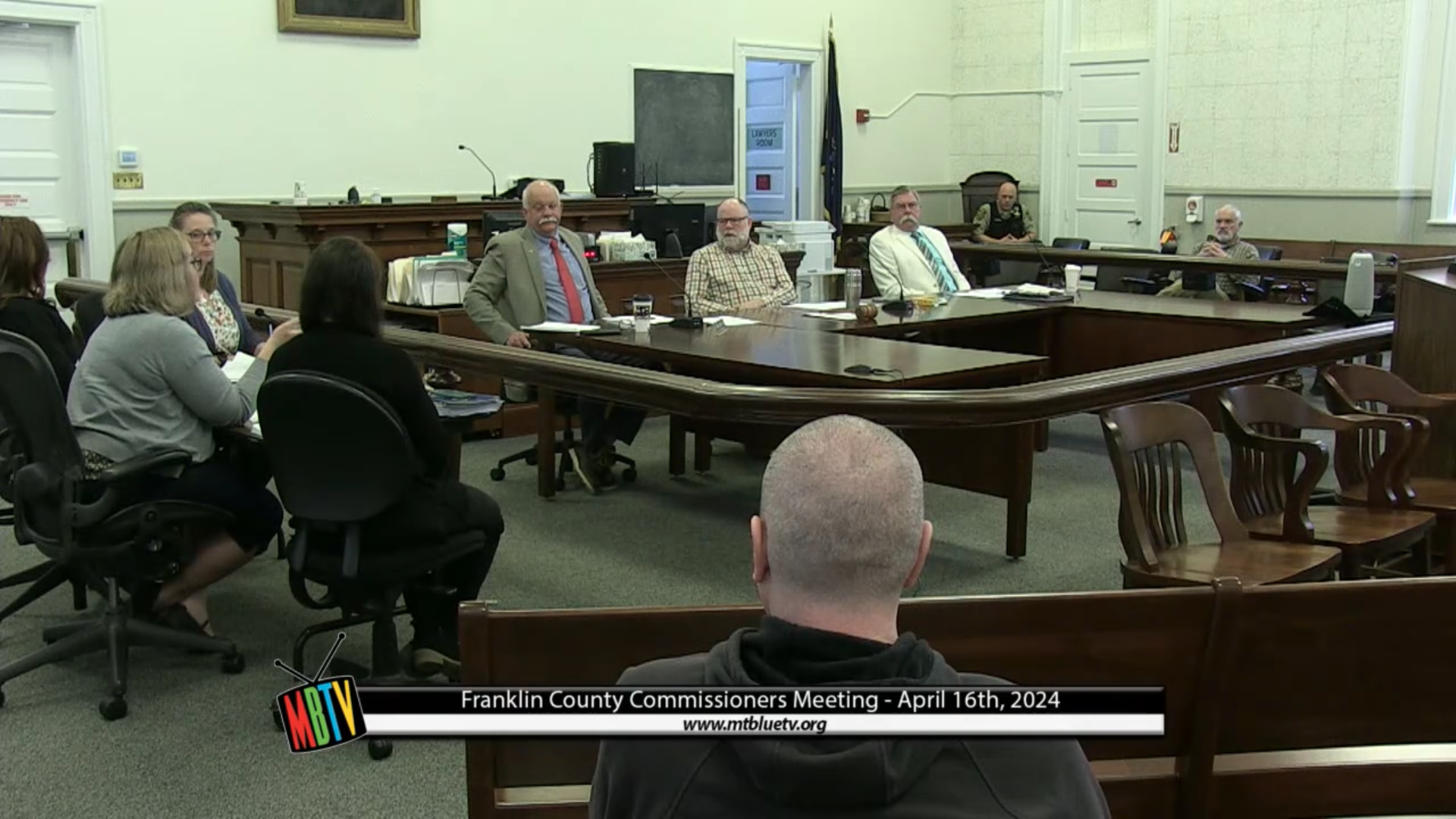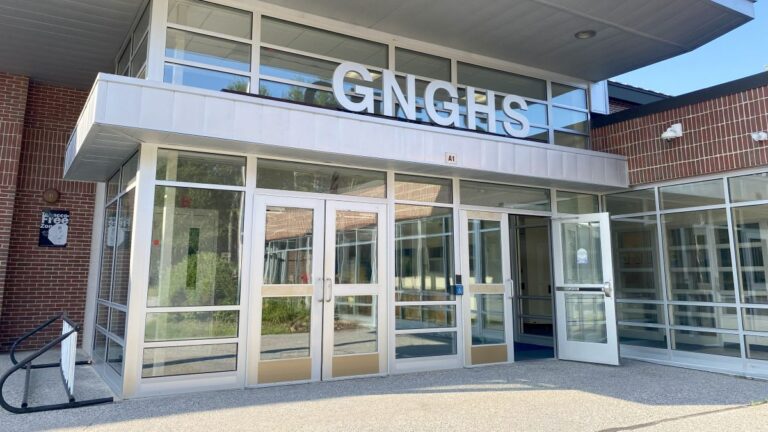In early April, Franklin County commissioners held a closed-door meeting and voted to remove Keith Amato of Wilton from the county’s opioid settlement committee.
Amato, who is in long-term recovery from substance use disorder, said he was blindsided by accusations that his behavior in committee meetings had been aggressive and made some members uncomfortable.
Amato’s removal was first reported by the Lewiston Sun Journal. Amato said that although he had met with commissioners the week before to discuss the accusations, he only found out he was removed when a Sun Journal reporter contacted him for comment on his dismissal.
At their next meeting, the commissioners voted to dissolve the committee entirely. Amy Bernard, the county administrator, told The Maine Monitor the commissioners believed the committee had been “dysfunctional,” though no commissioner ever attended a meeting.
The committee was tasked with coming up with recommendations for how the county should spend what will eventually amount to more than $1 million in funds. The money comes from national settlements with prescription opioid manufacturers, distributors and retailers, such as Johnson & Johnson and Walgreens, who have been accused of fueling the opioid epidemic.
Maine is set to receive about $230 million across 18 years, according to the attorney general’s office.
Thirty percent of that money, approximately $66 million, will go to 39 direct share subdivisions: counties, cities and towns that were party to a massive multidistrict litigation case against Purdue Pharma and others, or have a population of at least 10,000. That includes all 16 Maine counties, plus 23 cities and towns.
Subdivisions started receiving funds in 2022, and more than $8 million has been distributed across the 39 localities.
The Maine Monitor found that the subdivisions have varied greatly in their approaches to spending decisions.
Permitted uses for the money are detailed in the state’s memorandum of understanding with the subdivisions, but who gets to decide how the money is spent is up to each county, city or town.
And oversight is scarce: The memorandum does not require the subdivisions to disclose their spending plans or expenditures to the public or state. What localities must report to the settlement trusts is vague.
The Monitor reached out to representatives from all 39 subdivisions and found many have yet to decide who will make spending recommendations or how they will measure impact.
Several subdivisions, including Augusta, Biddeford, Calais, Rockland and Penobscot County, said they were still developing a process to determine how money will be spent. Others, like Kennebunk and Saco, said their police chiefs were working with town and city administrators to bring recommendations to their councils.
As of mid-April, Auburn, Orono, Lincoln County and at least six other subdivisions had yet to spend or allocate any money. Biddeford, which falls into this camp, said it was in the process of reviewing an “Opioid Use Settlement Fund Tracking and Reporting” ordinance, according to Danica Lamontagne, the assistant to the city manager.
“If the policy is approved as written, the city council will develop and approve a strategic plan every two years detailing the operational use of the funds,” Lamontagne said.
She added that expenditures exceeding $10,000 or for purposes not outlined in the strategic plan would require city council approval.
Conflicting accounts
Franklin County formed its nine-member opioid settlement committee a year ago. The group appeared to be efficient and focused: It created an application for funding and sent out a request for proposals just a few months after the first meeting, The Monitor reported last September.
Bernard, the county administrator, said at the time the county hoped to get money out the door by the end of 2023.
But that didn’t happen. Instead, accusations of conflicts of interest, excessive red tape and personal biases mushroomed, stymying progress and ultimately leading to the group’s dissolution last month.

Bernard claims personalities got in the way. Amato said he was shut down every time he brought up concerns or objections. He and others, including Richard Lumb and Bonita Tompkins, said the committee lacked direction, with poor leadership and inadequate communication with members.
“I didn’t think the commissioners had put sufficient thought into all this money,” said Lumb, a former law enforcement officer and part-time faculty member at the University of Maine at Augusta.
“I think an advisory committee can only do the best they can, as thoroughly as they can, based on the mission they have, and then pass that information forward to the deciding body,” he said.
Approval for most spending decisions lies with elected officials, whether a county commission, town council or board of selectmen, or their designee, such as an administrator.
But a number of subdivisions are attempting to build on the experience of those who have had substance use. Aroostook County, for example, formed an “opioid task force made up of community members, practitioners and individuals who have been directly impacted by the opioid crisis,” county administrator Ryan D. Pelletier said.
Commissioners appointed members in April. The task force will solicit requests for funding, make recommendations to the county, develop measurable outcomes and “serve as a resource for the elected officials, other community groups and interested parties” — much like the Franklin County committee strove to do.
A collaborative approach
A few subdivisions are working with each other or with outside groups to determine how to allocate the funds.
Standish, which will receive $45,000, the least amount of money of the subdivisions, signed an agreement last year to give all its money to Cumberland County. County officials conducted an assessment last year that helped guide initial spending decisions, and recently closed the grant application period for the first round of funding, public health director Liz Blackwell-Moore said.
Blackwell-Moore has met with most of the county’s municipalities that are receiving money and is in touch with organizations such as The Opportunity Alliance, the Catherine Cutler Institute at the University of Southern Maine and behavioral health units within police departments as they develop a “prevention intervention model,” she added.
Wells town manager Michael Pardue said the town has met with York County administration and other municipalities in the region to “determine if combining opioid settlement funds may enhance our collective ability to meet service needs,” as well as with the executive director of the Eliot-based nonprofit Pinetree Institute and Kennebunk police chief Bob MacKenzie to discuss a countywide recovery coalition.
Lauren Dembski-Martin, the Scarborough Police social services manager, said she’s spoken with law enforcement behavioral health liaisons throughout southern Maine about how they’re spending their funds and assessing outcomes.
Both Windham and Westbrook are working closely with their school departments on prevention programming, said town manager executive assistant Tammy Hodgman and police captain Steven Goldberg.
Questions of structure
Only a few subdivisions have begun developing processes similar to that of the Maine Recovery Council, which controls 50 percent of Maine’s share and is governed by state law, the memorandum of understanding, and their own bylaws and policies.
Bernard, from Franklin County, said commissioners devised a set of bylaws that was given to the committee when it first convened. The four-paragraph document, which Bernard shared with The Monitor, is brief and fairly open-ended. By comparison, the Recovery Council’s bylaws are a 12-page document that the council took nearly a year to develop.
Amato, Lumb and Tompkins said they did not recall being given the bylaws.
“We definitely didn’t have a chair or any sort of guidance,” Amato said.
Tompkins, CEO of the Center for Entrepreneurial Studies, a Farmington-based nonprofit that works with disadvantaged youth, said the committee lacked structure.
Tompkins submitted an application to the committee to fund two pop-up roadside shops where students could sell products they made, recusing herself when it was discussed. Her application never made it to the commissioners.

Ultimately, during the committee’s 11 months, only two proposals were recommended to and approved by the commissioners.
Commissioners awarded Kennebec Behavioral Health $10,000 in November for “Franklin County recovery coaches along with gas cards, which serve all people impacted by substance use disorder,” according to Bernard. Commissioners also awarded Western Maine Community Action $10,000 in March for “assistance with items not available through our current programs and staffing consistent hours at the Recovery Center.”
The county commission’s March 5 minutes say the committee “unanimously” recommended funding for WMCA, but Amato said he voted against it because it “failed our community” when it made “promises that they didn’t keep” regarding COVID-era rental assistance programs.
Bernard said the commissioners plan to “reconvene” the committee in the next month or two.
Commissioners made it clear in April they want to interview potential members this time before appointing them. Beyond that, it’s unclear how the new committee will differ from the one that was disbanded.







